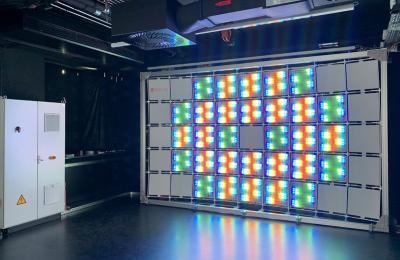Japan-based chemicals company, Kaneka, has reported the design of a two-terminal (2T) perovskite-crystalline tandem solar cell using a 145 μm thick industrial Czochralski (CZ) silicon wafer. The cell has an anti-reflection intermediate layer relying on what Kaneka calls “gentle textured structures” that were applied on the front side of the bottom, which reportedly enables a significant improvement in the typical light confinement effects in perovskite-silicon tandem devices.
“Light management technology is mandatory to fully utilize the wide range of the solar spectrum in a solar cell, especially for a 2T tandem structure, since its top and bottom cells are electrically connected in series and required to satisfy the constraints of current matching whereby the respective currents at the operating point are aligned to some extent,” the scientists said in their work. “Because of the large difference in the refractive indices between perovskite and crystalline silicon (c-Si) materials, the optimized intermediate layer as shown acts as an anti-reflection coating to suppress the reflection loss of the infrared light that is utilized in the bottom cell.”






